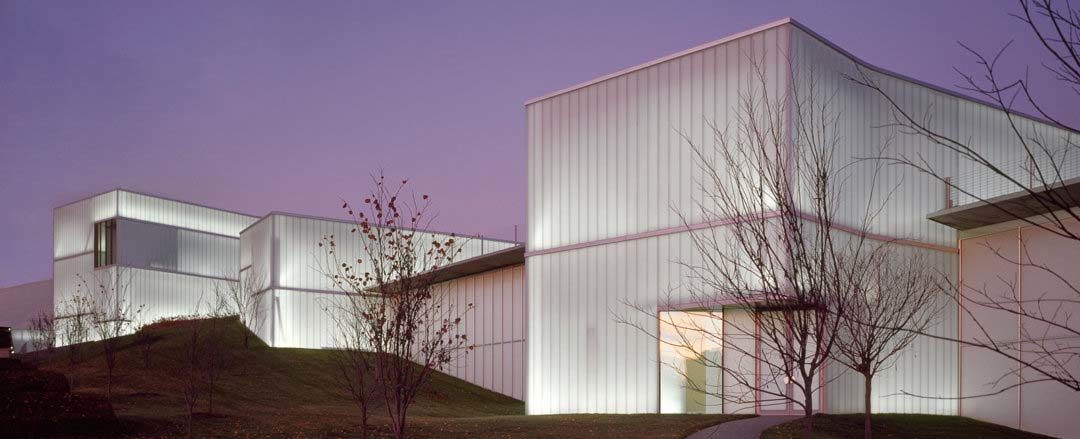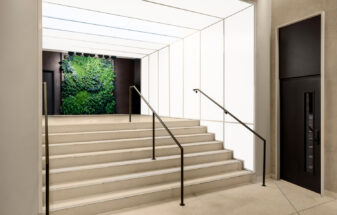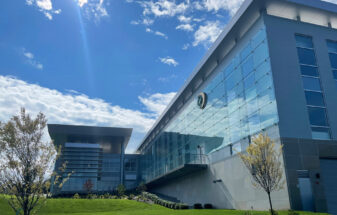Bendheim Channel Glass Project Highlights: Nelson Atkins Museum & Shaw Center for the Arts
Nelson-Atkins Museum of Art, Kansas City, Missouri by Steven Holl Architects
Author: WILLIAM MENKING
Theater/Galleries
Louisiana State University, Baton Rouge, Louisiana
Schwartz/Silver Architects
Author: ANNE GUINEY
Exterior double-locked glass planks (Lamberts); insulation (OKALUX); laminated low-iron panels (Cricursa)
Linit, U-profile hammered pearl glass (Bendheim Wall Systems Inc.)
Bendheim is one of the world’s foremost resources for specialty architectural glass. Founded in New York City in 1927, the fourth-generation, family-owned company offers a virtually unlimited range of in-stock and custom architectural glass varieties. Bendheim develops, fabricates, and distributes its products worldwide. The company maintains production facilities in New Jersey and an extensive showroom in New York City




